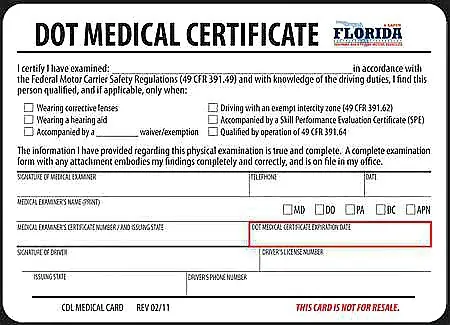If you are considering venturing into commercial driving, a Class A CDL license is your gateway to the largest vehicles on the road. But what exactly does a Class A CDL mean? How you can obtain it? This article addresses all your concerns! We provide you with a comprehensive guide on all you need to know about Class A CDL, from its definition, limits, and requirements down to step-by-step application processes. Keep reading to obtain Class A CDL more easily!
What is a class A CDL?
A Class A CDL is the highest level of CDL, which authorizes you to drive combination vehicles with a Gross Combination Weight Rating (GCWR) over 26,001 pounds, as long as the towed vehicle weighs more than 10,000 pounds. In other words, a Class A CDL license is a must for anyone operating a large commercial vehicle.
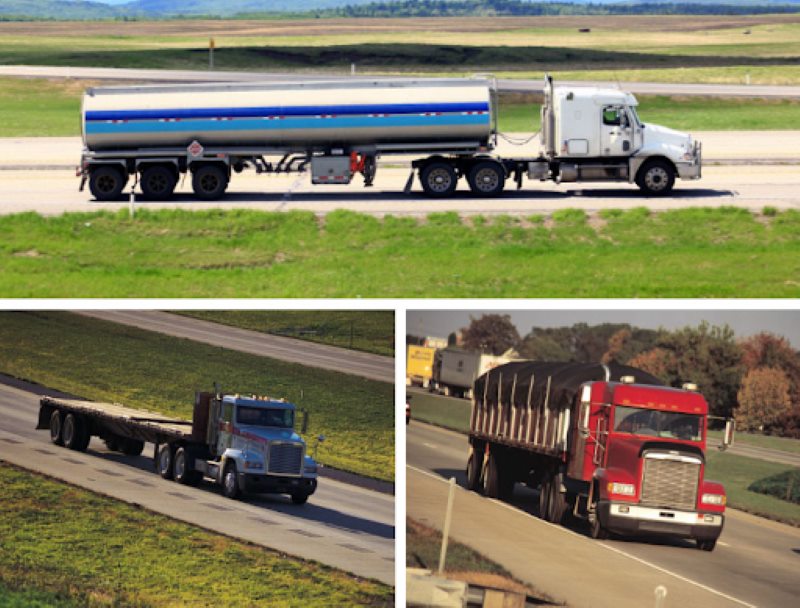
Specifically, vehicles Class A CDL holders can operate are:
- Tractor trailers: include semi-trucks and trailers used in long-hauls and local delivery.
- Flatbeds: used to move oversized cargo and heavy machinery.
- Livestock carriers: specialty trailers designed to safely transport animals.
- Tankers: haul liquids and gases, requiring a tanker endorsement.
- Dump trucks with trailers: usually used for transporting bulk material in construction.
- Double or triple trailers: combination trailers, requiring taking another endorsement.
- Vehicle transporter: trucks designed to transport multiple vehicles.
By attaining a Class A CDL, you can open up several opportunities:
- More career advancement: Class A CDL opens a wealth of career opportunities in trucking, delivery services, construction, and passenger transport.
- High earning potential: Qualified Class A CDL drivers are in high demand, hence bringing in well-paying and stable career opportunities in most industries.
- Travel opportunities: Work in different locations and enjoy those roles that allow cross-state driving.
What are Class A CDL requirements?
Following are some key requirements that you must meet for your Class A CDL. The various qualifications range from age and documentation to health standards requirements:
- Age requirements: You must be at least 18 to drive within the state borders. To drive across state lines or carry hazardous materials, you must be 21 or older.
- Valid driver’s license: You should possess a standard, non-commercial license to apply for a Class A CDL.
- Proof of identity and residency: A passport or birth certificate to prove your identity and two residency documents, such as utility bills showing your state of residence.
- Social Security verification: To be eligible, you must have a verified social security number.
- Medical requirements: A Medical Examiner’s Certificate issued by an approved examiner is required to show that you are medically and physically fit to operate a Class A commercial vehicle across states.
- Commercial Learner’s Permit (CLP): You would have to get a CLP before taking the CDL skills test.
- Entry-Level Driver Training (ELDT): You will also be required to take the ELDT program with a registered training provider.
- Pass a skills test.
- Complete all required fees.
- Background and driving record check: A clean driving record and background check are also part of this application requirements because serious driving offenses can affect eligibility.

How to get a class A CDL License
Obtaining a Class A CDL involves careful preparation, documentation, and testing through a step-by-step procedure. Here is a detailed breakdown of each stage involved:
Step 1. Submit your Class A CDL application
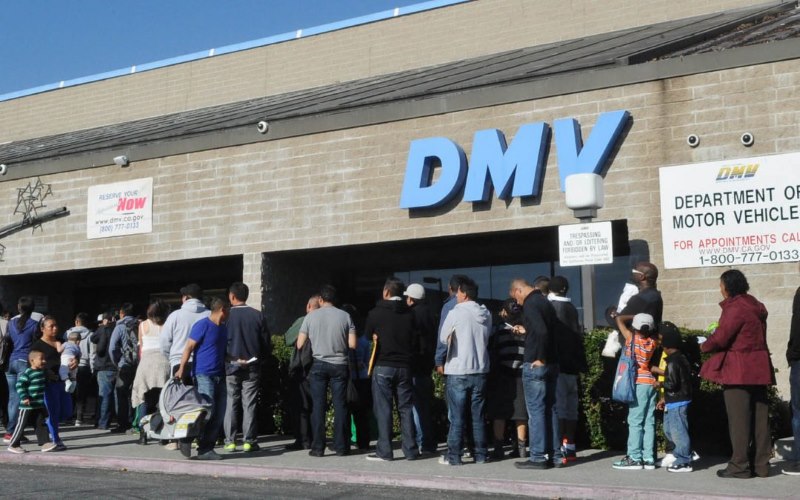
The process starts by visiting your local DMV to submit your application for a Class A CDL. You need to bring the necessary documents listed above with you. When you arrive, you will need to complete the form for CDL certification and declare any recent changes in your physical health that can affect your driving. The DMV will check your driving history to ensure that you are eligible to apply for a CDL. Having these documents ready in advance will significantly expedite the process and advance you in the process much easier.
Step 2. Obtain a Medical Examiner’s Certificate
Since the Class A vehicles exceed 10,000 pounds, you must take the DOT physical examination if deciding to be a non-excepted driver. After finishing the examination process and fulfilling the DOT’s physical requirements, you will be issued an MEC.
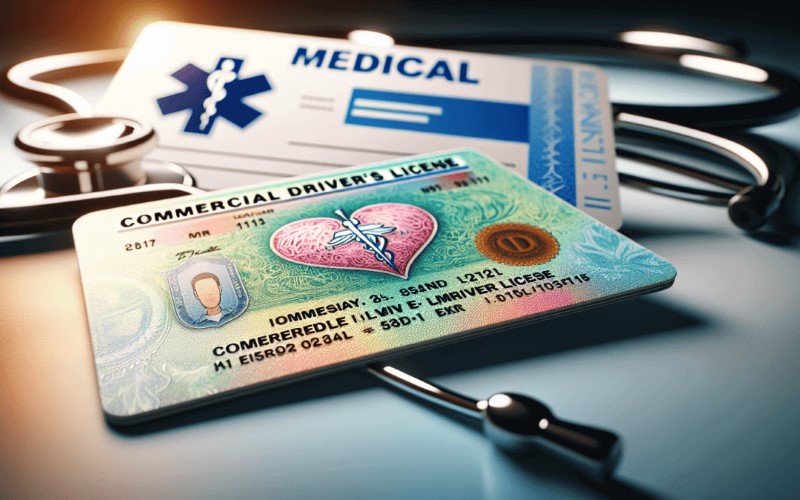
To know more about the medical examination process and checklist requirements, you can read our post on the CDL medical exam.
Step 3. Pass the written tests

The written test is a very important step in getting your Class A CDL, involving several exams based on your Class A CDL requirements and additional endorsements you apply for. The main tests are summarized below:
General knowledge test
This test consists of 50 multiple-choice questions, dealing with two critical areas – safe driving practices and vehicle control. You have to answer the questions correctly to at least 80% to pass the tests. Key topics include:
- Vehicle operation: A summary of basic principles of safe vehicle handling including how to handle acceleration and braking.
- Pre-trip inspection: It tests your knowledge to inspect key safety components.
- Distance and visibility: Questions about maintaining adequate distances and visibility under various conditions.
- Emergency precautions: Questions about procedures for handling emergencies such as brake failure, accident, or other disaster.
Take the free CDL general knowledge practice test here!
Endorsement tests (if applicable)
In addition to the mandatory written tests above, you may have to take additional endorsement tests if you want to operate certain types of vehicles. The common endorsement tests are as the table below:
| Endorsement test | Total Questions | Passing Score |
| Hazardous Materials | 30 | 24 |
| Passenger Transport | 20 | 16 |
| Doubles/Triples | 20 | 16 |
| School Bus | 20 | 16 |
| Tank Vehicle | 20 | 16 |
Combination vehicles test
This test is required for obtaining a Class A CDL, including 20 questions related to the operation of combination vehicles such as tractor-trailers.
Take the CDL combination vehicles test here!
Air brake test (if applicable)
This test is required for driving vehicles that include an air brake system. A 25-question test on air brake systems, components, function, and safety procedures to inspect. Key topics include:
- System components and operation: Questions ask you to identify and describe the functions of all parts of the system, including compressors and tanks.
- pre-trip air brake inspection: Questions about the procedures to ensure the brakes are in proper adjustment.
Each written test sets a knowledge foundation to operate Class A vehicles safely. It is highly recommended that you practice testing to enhance preparedness.
Take the CDL air brakes practice test here!
Once you have passed the written tests, you will be issued a CLP. You must possess your CLP for at least 14 days before the date you schedule for your skills test. You are permitted to practice driving with any licensed CDL driver with a CLP, giving you ease while gaining on-road experience before your big day.
To pass the CDL written tests on the first try, it is highly recommended you practice our free CDL written tests which are carefully designed and tailored for different test areas.
Take the free CDL practice tests here!
Step 4. Complete Entry-Level Driver Training
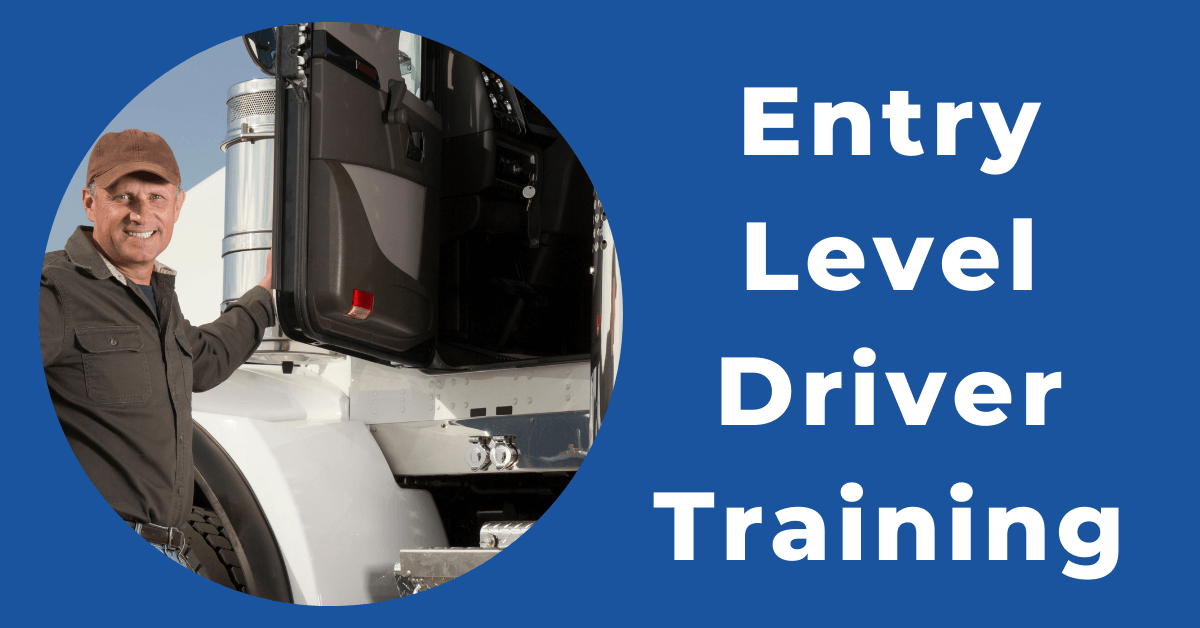
ELDT training applies to new Class A CDL applicants or those who want to upgrade from Class B to Class A CDL. This program consists of two parts:
- Theory training: Classroom instruction on safe driving, federal regulations, and vehicle maintenance.
- Behind-the-wheel training: Experience in operating commercial vehicles in work situations, including basic control, basic vehicle maneuvering, and defensive driving.
This training will prepare you for the on-the-road skills tests, giving you the basic necessary skills to drive safely and efficiently.
Step 5. Pass the skills test
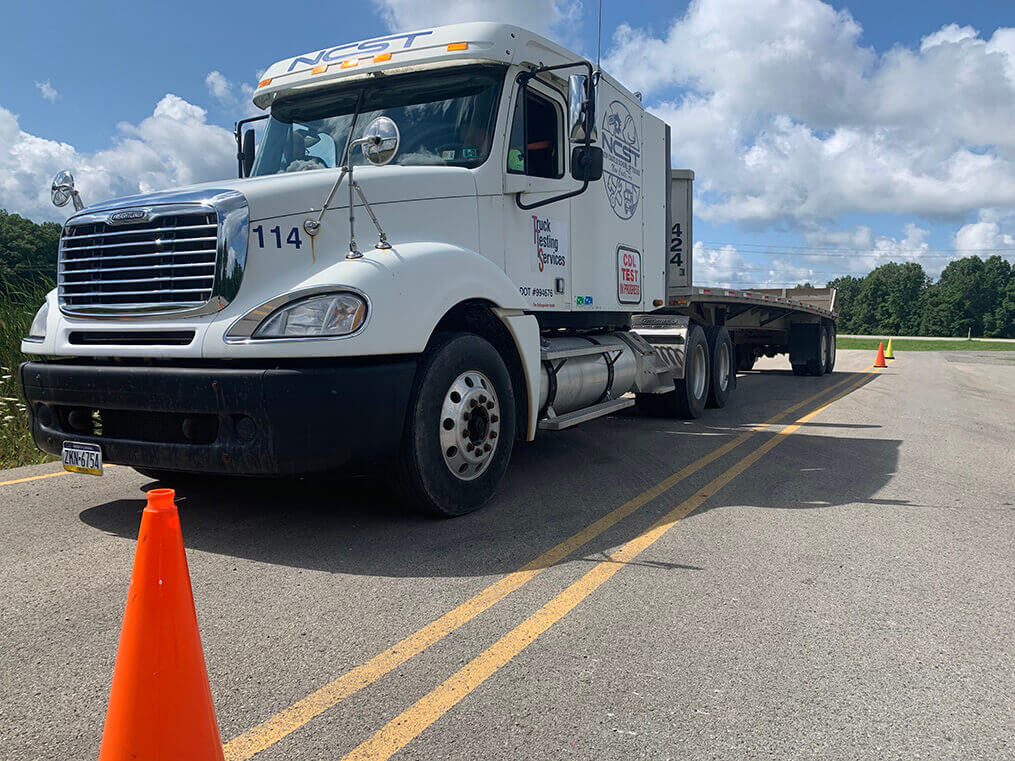
The skills test is a practical exam that tests your capability to operate a commercial vehicle safely and competently. This test has three parts:
Pre-trip vehicle inspection
This section asks you to inspect the major safety components of your vehicle, such as brakes, lights, tires, and mirrors. You need to show that you can locate each part properly and make the proper check to ensure your vehicle is safe to drive on the road.
Take the CDL pre-trip inspection practice test here!
To learn more about the pre-trip vehicle inspection, you can read our comprehensive post on CDL pre-trip vehicle inspection.
Basic vehicle control skills
This will test vehicle handling skills in a controlled environment, including basic maneuvers such as straight-line backing, offset backing, and alley docking. You will be required to demonstrate your ability to stay within the boundaries of a course without touching either sides or objects on or adjacent to the course. For commercial driving, exact control of the vehicle is essential.
For a better understanding of tested skills in this section, you can check our post on CDL basic vehicle control skills.
On-the-road driving test
This is the final part of the on-road driving test, which is when you go on the road and test your driving skills. You will be evaluated on how to drive your vehicle through real driving conditions on the road. The evaluator will observe traffic rules, maintaining speed, lane changes, and response towards road signs and signals. It checks whether you are capable of facing daily driving problems in a commercial vehicle.
Refer to our post on the CDL on-the-road driving test for more details about what is expected in this test.
Step 6. Get your Class A CDL

After finishing all testing, submit your results to the DMV and pay the required fees. Now you are eligible to obtain a Class A CDL, allowing you to drive a large-duty vehicle and take on long haul or specialty transport jobs.
FAQs
1. What can you drive with a Class A CDL?
With a Class A CDL, you are licensed to operate a wide range of large commercial vehicles, including most combinations of commercial vehicles. Here are some vehicle types you can drive with a Class A CDL:
- Tractor-trailers
- Flatbeds
- Tankers
- Livestock carriers
- Double and triple trailers
- Car haulers
Additional endorsements can further the types of vehicles you can operate, providing greater flexibility and more opportunities within the commercial driving field.
2. Is it hard to obtain a Class A CDL?
Getting a Class A CDL can be challenging, as it is the highest level of CDL. However, with proper preparation and determination, it is definitely achievable. Here are some tips to increase your success:
- For written tests: Good quality materials and practice tests will help you familiarize yourself with the format and difficulty level of the test. CDL Prep is confidently to be a reliable and comprehensive source to help you build confidence and maximize your score.
- For driving skills: Enroll in an ELDT program that covers behind-the-wheel training. Besides, you can attend a training school where you can get professional instructions and practice driving situations to sharpen your skills before the skills test day.
3. How long does it take to get a Class A CDL?
The time taken to get a Class A CDL usually ranges from 3 to 6 weeks due to the specifics of the training program and test schedule. While full-time programs allow competition in shorter time frames, part-time programs give you more flexibility but take longer to complete.
To understand the detailed breakdown of the timeline to obtain a CDL, you can read our post on How long it takes to get a CDL.
4. How much does it cost to get a Class A CDL?
Class A CDL costs range from $3,000 to $10,000, depending on your state and the specific training you choose. Beyond the training fees, you must pay mandatory fees for application, permit, license, medical exam, and endorsements. Financial assistance such as employer-paid CDL training scholarship, or grant, can help with lowering the financial burden associated with obtaining a Class A CDL.
For more detailed information about Class A CDL fees and saving tips, refer to our post on How much it takes to get a CDL.
5. What is the difference between Class A and Class B?
Even though both Class A and Class B licenses certify you to drive commercial vehicles, they do differ in some aspects:
- Gross Vehicle Weight Rating (GVWR): Class A licenses are for vehicles over 26,001 pounds with a towed unit over 10,000 pounds, while class B is applied to single vehicles weighing above 26,001 pounds without a large towed unit.
- Vehicles: Class A CDL allows you to drive combination vehicles such as tractor-trailers, flatbeds, tankers, and so on, while Class B CDL involves vehicles such as dump trucks, box trucks, and large buses.
- Training requirements: Class A training is usually more complicated because the perceived risk increases with the vehicle size, especially when driving combination vehicles.
- Earning potential: Class A drivers usually earn a higher income given the broader job opportunities available.
To know more about the differences between these two licenses, you can check our post on Class A vs Class B CDL.
6. What jobs can you get with a CDL Class A?
With a Class A CDL, you can access a variety of high-paying jobs in the trucking industry, such as:
- Van truckload driver: Pulls dry van trailers filled with goods to respective locations.
- Dedicated truck driver
- Tanker truck driver: Transports bulk liquid materials and handles loading/ unloading the cargo.
- Flatbed truck driver: Transport oversized and uniquely shaped loads, such as lumber and heavy equipment.
- Agricultural hauler: Transport crops, animal feeds, and farming supplies.
To learn more about job opportunities for Class A CDL holders, you can check the top job list in our Class A CDL job.
7. What is the average CDL Class A driver’s salary?
The average annual salary for a Class A CDL driver is around $80,000 to $96,000. Nonetheless, earnings vary based on experience, state, endorsement, and employers.
For more detailed information about salary for Class A CDL drivers, you can check our post on Class A CDL salary.
Final thoughts
A Class A CDL opens the door to immense job opportunities in the trucking industry. With this license, drivers can take on various roles with competitive pay, ensuring a rewarding career path with long-term stability. So, start your process of obtaining a CDL today. The process can be challenging but the rewards are definitely worth it. Don’t forget to utilize our realistic CDL practice tests to boost your confidence and ensure passing the test on the first try. Good luck on your journey!


